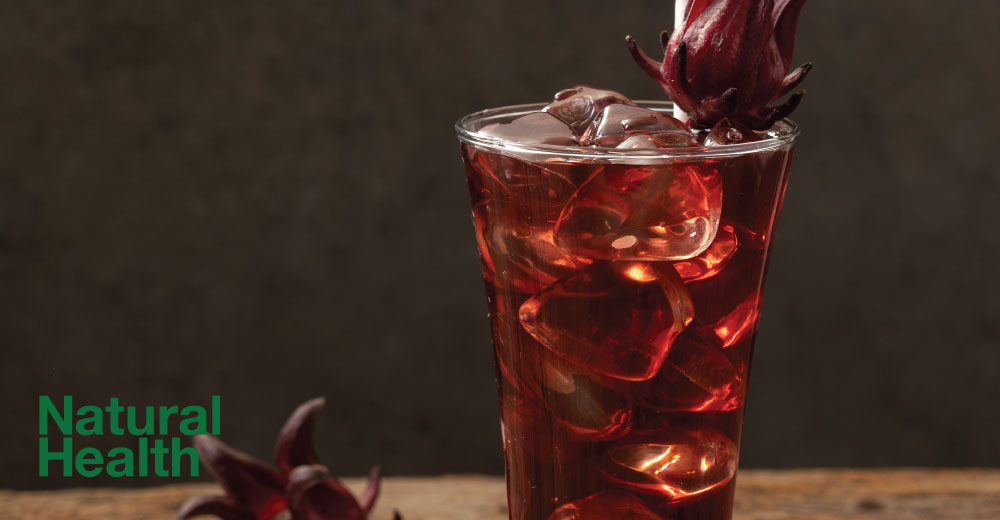We may be familiar with this delicate dried flower as a tea, but in many parts of the world, all parts of the rodelle plants including the leaves, seeds and root are used as food and for medicinal purposes. The fleshy red calyces of the Roselle are commonly used for the production of soft drinks and non-alcoholic tonic, juice, syrups, and even made into jellies and jam! When dried, it can be brewed into the famous refreshing roselle tea! The tender young leaves and stems of the roselle plant can be consumed raw as a salad.
- The roselle plant is packed with iron and protein, so all the more reason to make it part of your diet. Try adding it onto your smoothie for a refreshing, tart taste!
- Studies have shown roselle to have properties that could fight harmful bacteria that cause diarrhea and cramping.
- The calyces of roselle flowers, which is the part that’s used to make roselle tea, is abundant in Vitamin C, which helps fight infections and prevent colds, and even scurvy.
- Packed with iron and protein, it makes a safe and natural beverage for the young and old, and even for pregnant ladies.
- 100 grams of roselle is said to contain more than 200 mg of calcium, which our bodies need for stronger bones and teeth.
- The roselle plant is packed with antioxidants, chemicals that help fight free radicals that are responsible for cell damage in our body. Free radicals are responsible for a myriad of diseases from cancer to heart diseases and many more.


